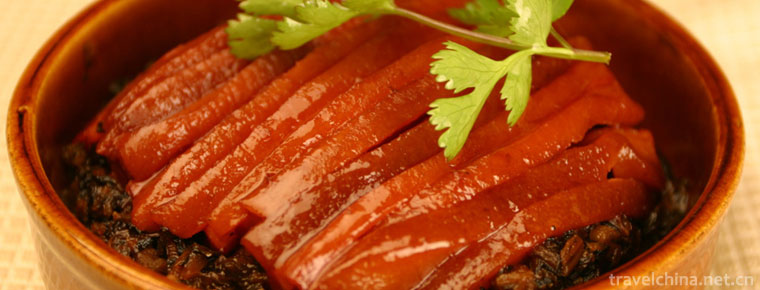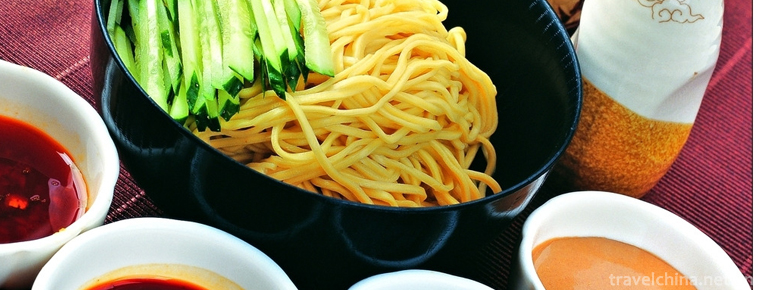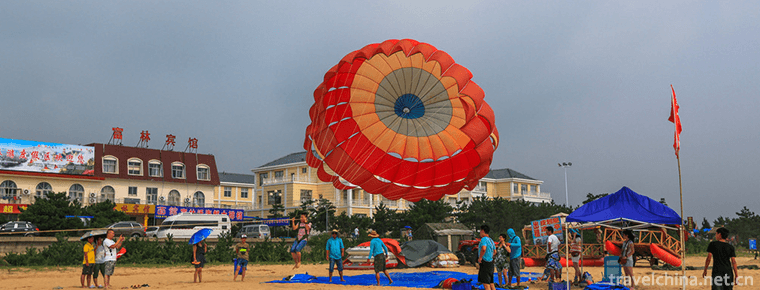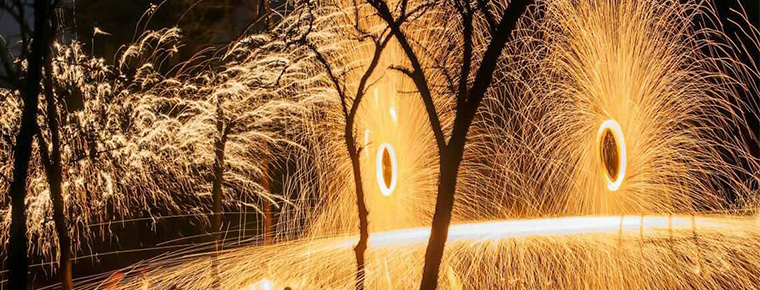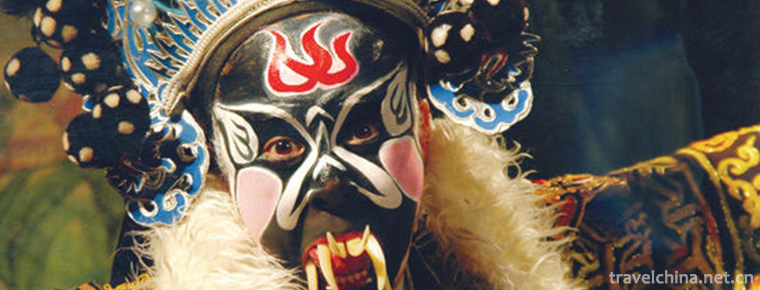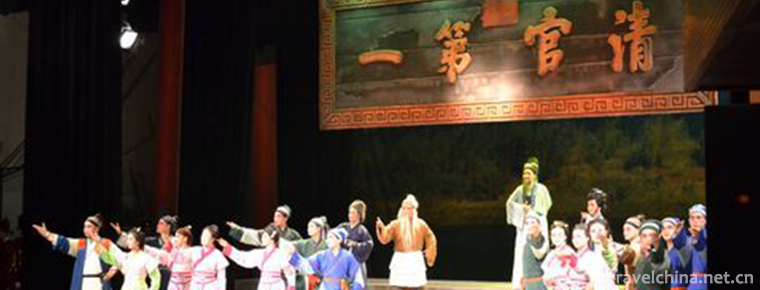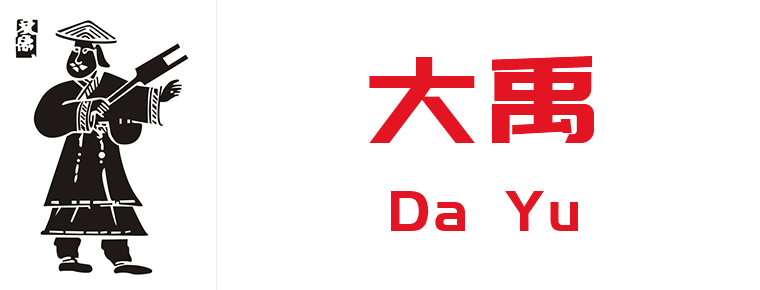Dry fry rice noodles with beef
Dry fried beef river is a Cantonese dish made from materials such as sprouts, river meal and beef. One of the traditional snacks in Guangdong. It was invented in late Qing Dynasty and early Republic of China.
River powder, also known as Shahe powder, originates from Shahe Town, Guangzhou. Usually boiling is done with soup or fried. Stir frying is divided into wet stir frying with sour sauce and dry fried without GAD juice. Dry fried Niu river is considered to be a great test to test Guangdong chefs cooking techniques.
At the end of the Qing Dynasty and the beginning of the Republic of China, Guangzhou's restaurants were divided into three modes of operation. One was a restaurant, the other was a tea house, and the other was a noodle stall commonly known as "Erli Hall". That is to say, "River Flour" was a popular food mixed with "noodles" and became "Erli Hall".
In 1938, Guangzhou, which was known as "food in Guangzhou", has been withered by Japanese invaders. A businessman named Xu Bin had to finish his restaurant business and run a porridge noodle shop on Yang Lane Road. Because in the past, fried flour was processed by "wet stir-frying" method. One day, raw flour just ran out. Xu Bin wanted to go to the Japanese puppet area to buy it. Who knows that the Japanese puppet card is not allowed to pass and cannot buy it? At this time, there was a traitor in the shop to eat fried powder, Xu Bin's father Xu Bochou said that no raw powder can not be fried, but the traitor thought Xu Bochou tricked him, and even pulled out a pistol threat, insisting on eating. Xu Bin just came back. Seeing this, he had no choice but to go into the kitchen and cook red iron wok, add sprouts to stir-fry the river flour, and then grab the tender oil to cook the beef to deal with the traitor. Who knows, the traitor, but he will come to visit every night. At that time, it was not easy for Xu Bin to earn a few money to buy raw meal. Seeing that this stir-frying method was accepted, he couldn't ask for it. So, he made great efforts in the technology, blindly stir-frying Niuhe came into being, and added Guilin chili sauce, which made Xu Bin's "porridge noodles" stall very popular for a while.
After the War of Resistance Against Japan, Dongtian Restaurant took the lead in introducing this method to the end of the feast, and this cheap street snack began to ascend the "hall of elegance".
Ingredients: beef (150 grams), river meal (500 grams)
Condiments: mung bean sprouts (250g), leek (moderate amount), onion (moderate amount), onion (moderate amount), salt (moderate amount), raw soy sauce (moderate amount), old soy sauce (moderate amount), sugar (moderate amount), peanut oil (moderate amount)
1, boil the pot and put it into dry river powder.
2. After boiling, drain and drain.
3, wash bean sprouts and drain the water.
4, cut onion into silk.
5, beef slices first use salt, cooking wine, old soy sauce, salad oil pickled for a while.
6. Fry the beef slices in a frying pan.
7. Wait until the beef is discolourfully.
8, another oil fired pot of fragrant onion.
9, add bean sprouts to stir fry.
10. Add soft boiled powder and mix with chopsticks.
11, first adjust the sauce: add oyster sauce, soy sauce, old soy sauce and sugar, sesame oil stir evenly.
12, add the sauce to mix well, sprinkle the scallion, and then put the pan into the pan.
Dry-fried Niuhe River has oily luster, tender and tender aroma of beef, smooth tendons of river powder, dry and juiceless dish, delicious taste and rich ingredients.
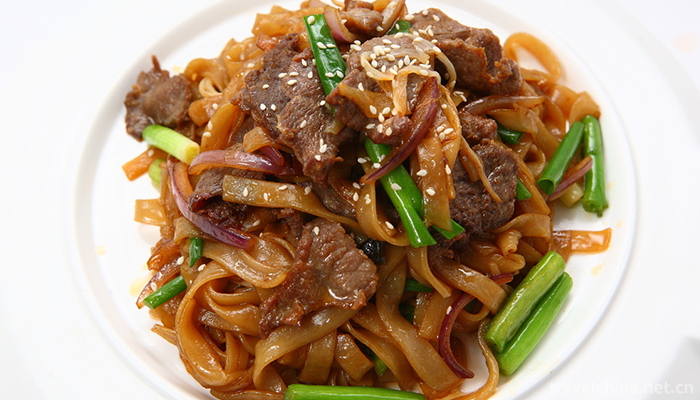
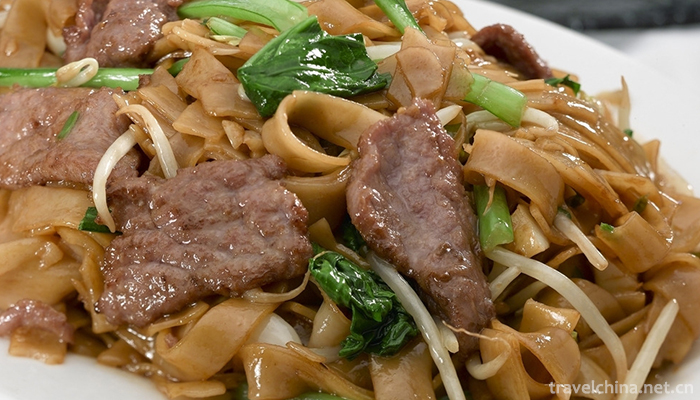
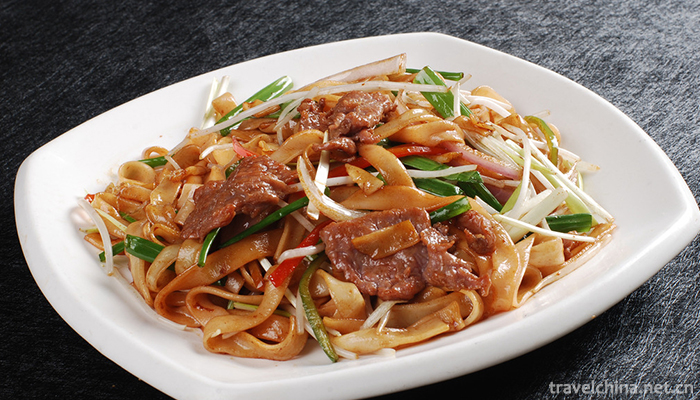
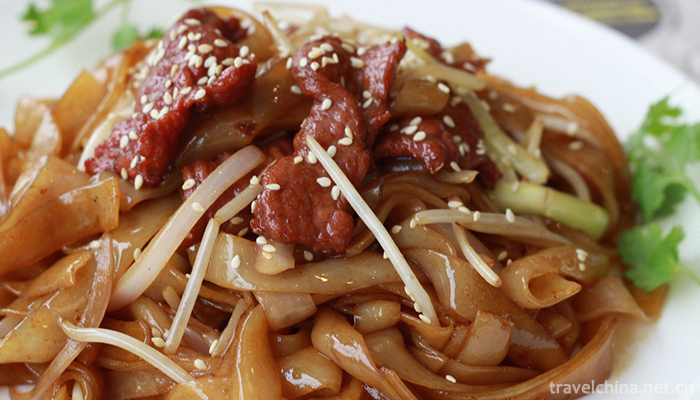
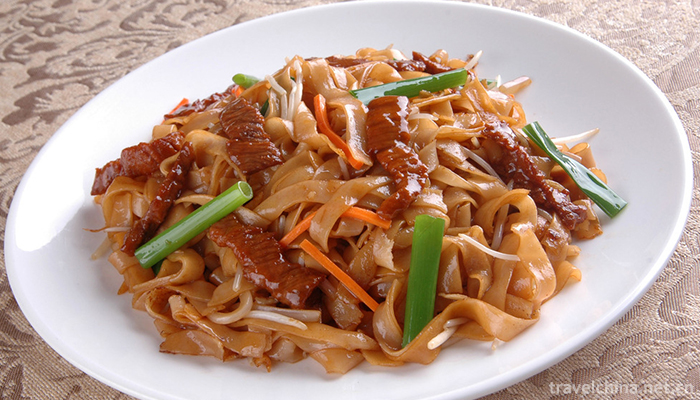
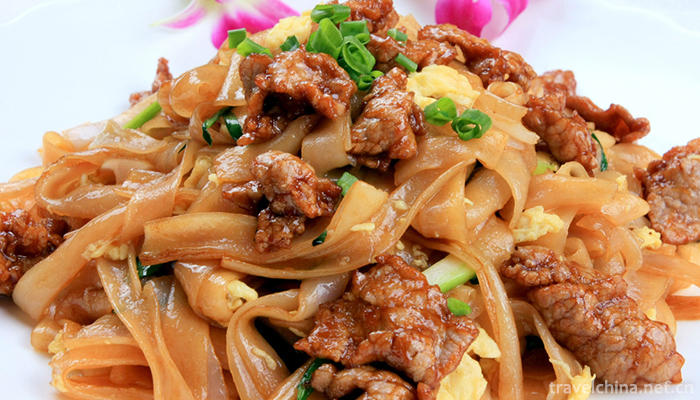
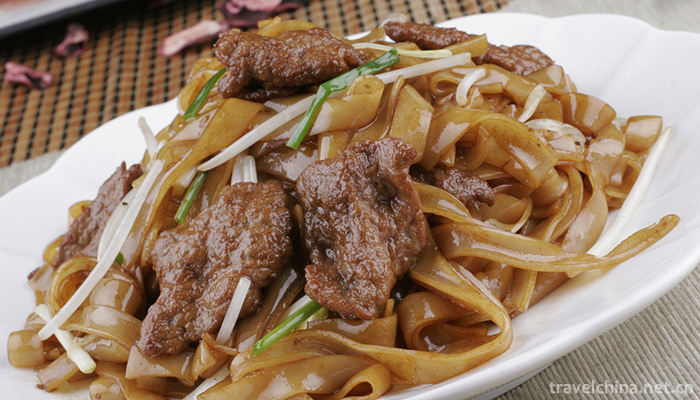
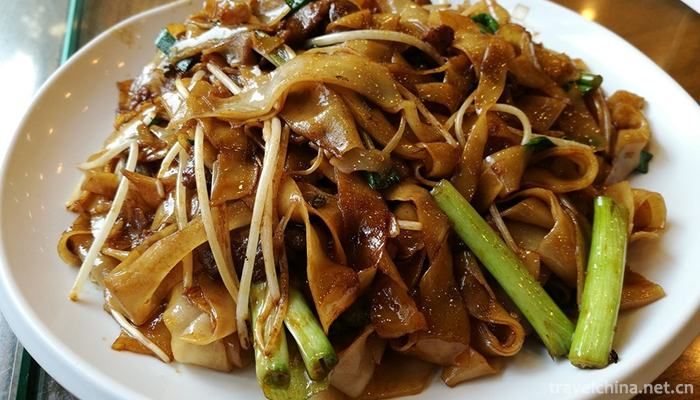
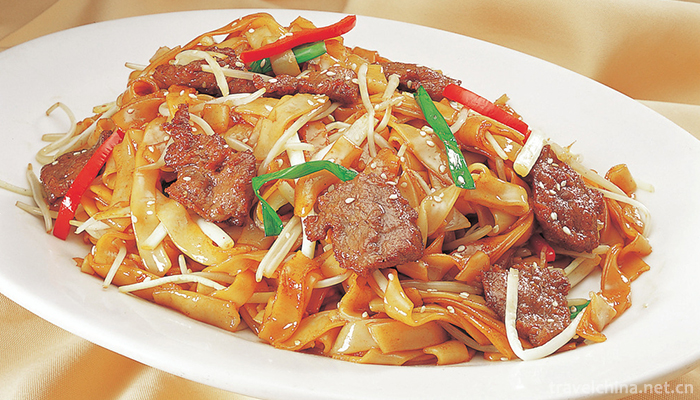
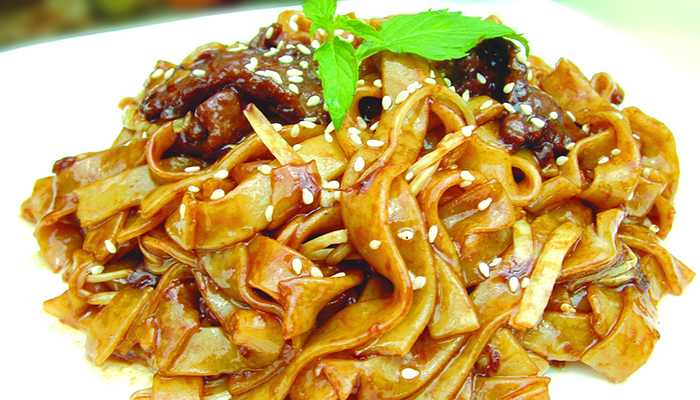
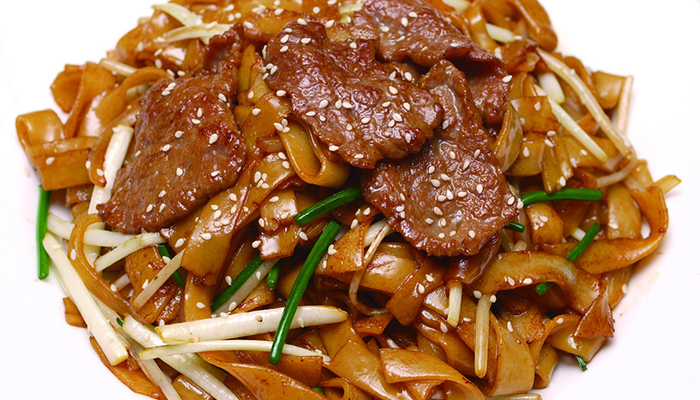
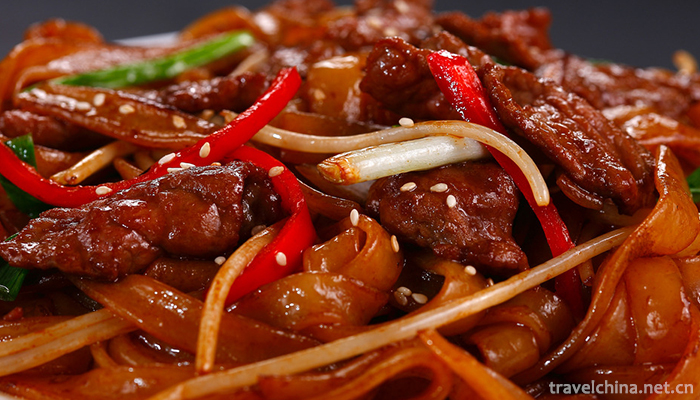
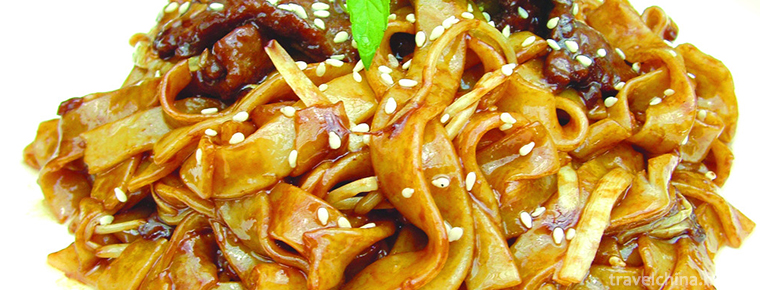
Dry fry rice noodles with beef
-
Cold Noodles with Sesame Sauce
Cold Noodles with Sesame Sauce are also called cold noodles
Views: 152 Time 2018-10-12 -
Rizhao Seashore National Forest Park
Rizhao Seashore National Forest Park is located in the north head of Rizhao North Coastal Road, Shandong Province. In 1992, it was approved by the former Ministry
Views: 218 Time 2019-02-07 -
Iron flower
Tiehua is a kind of fireworks which spread in the folk traditions of Henan and Jin Dynasties. It has a long history which can be traced back to the Spring and Autumn Period and the Warring States Peri
Views: 234 Time 2019-04-23 -
monologue storytelling accompanied by drumbeats
Plum blossom drum, born in the middle of the Qing Dynasty, originated in Beijing, is popular in Beijing and Tianjin. Before liberation, the sons and daughters of Beijing Banner People liked to sing me
Views: 273 Time 2019-06-03 -
Ninghai Pingtao
Ninghai Pingdao originated in the late Ming and early Qing Dynasty and was popular near Ningbo. It has a history of three or four hundred years. Ninghai Ping Tune belongs to the branch of Xinchang Tun
Views: 152 Time 2019-06-08 -
Xinchang tune
Xinchang tune is one of the ancient opera tunes, also known as "falling out of tune", "Shaoxing high-key" and "Xinchang high-key". With Xinchang as the center, it has spr
Views: 150 Time 2019-07-06 -
Panzhihua College
Panzhihua College is the only comprehensive undergraduate college in southwest Sichuan and northwest Yunnan, where the Ministry of Education locates. The school is located in Panzhihua City, a famous
Views: 274 Time 2019-08-31 -
Da Yu
Yu, surnamed Si, is famous for his life. (Yu Yu is the name). History is called Da Yu and Emperor Yu. Xia Hou Shi Chieftain Xia Dynasty The founding king. Yu is Yellow Emperor Great grandson, Zhuan Gr
Views: 209 Time 2019-09-07 -
Jiufeng Mountain Scenic Area
Jiufeng Mountain is located in Dabao Township in the northwest of Pengzhou. It is about 97 kilometers away from Chengdu, with an altitude of more than 3315 meters. It is the crown of Pengzhou mountains, a sacred and mysterious area
Views: 257 Time 2020-11-05 -
Guangan science and technology
In 2019, 16 new high-tech enterprises will be cultivated in Guang'an City, 107 of which will be put on record by the Ministry of science and technology. One provincial high-tech industrial park, one provincial engineering technology research center and two
Views: 359 Time 2020-12-19 -
Population of Dazhou
By the end of 2019, the registered residence population of Dazhou was 6 million 589 thousand and 400, with a permanent population of 5 million 741 thousand, and the urbanization rate of permanent residents was 47.14%. The annual death rate was 46
Views: 366 Time 2020-12-20
